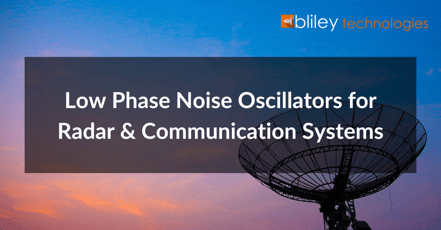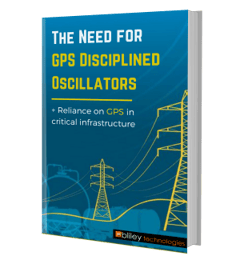The #1 Most Critical Factor in High-End Radar & Communication Systems: Low Phase Noise
Phase noise, phase noise, phase noise.
If you’re involved with the design and implementation of communication systems, you most likely hear the term “phase noise” all the time (maybe more times than you’d like).
There’s a good reason for all this phase noise chat. It’s one of the key factors that determines the overall success or failure of your radar or communications application. It’s even more important in intense environments where strong vibration or g-force is a concern.
Why is maintaining low phase noise such a concern in these applications and environments? And how can you solve the problems associated with the effects of phase noise? By the end of this article, you'll know why and how you should decrease phase noise in your applications.















